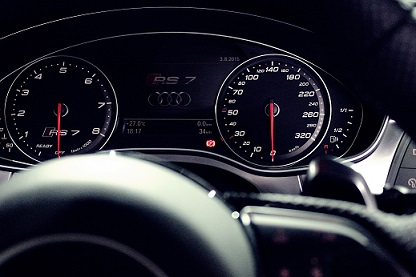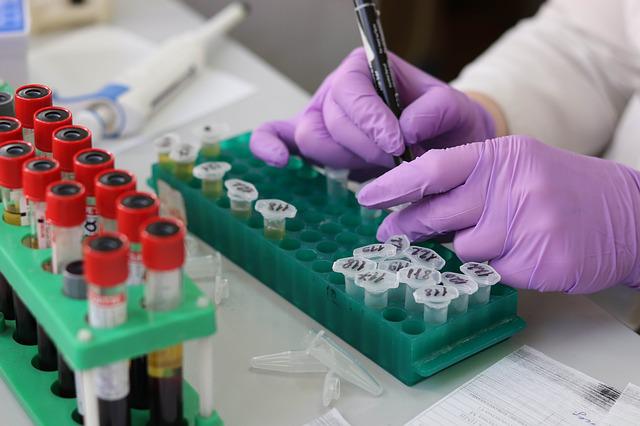Test Amit sep
An odometer a device that measures the total distance traveled by the vehicle

In cartography, odometer readings can be used to:
Map creation: Odometer readings can be used to verify the accuracy of maps and update them with new information.
Route planning: Cartographers can use odometer readings to determine the distance between two points, which can be useful for route planning and navigation purposes.
Field Surveys: Cartographers can use odometer readings to determine the distance traveled during field surveys and to create more accurate maps.
Data Collection: Odometer readings can be used to collect data about the movement of vehicles, which can be useful for transportation planning and traffic analysis.
Environmental Studies: Odometer readings can be used to measure the extent of land use changes, track the movement of wildlife, and study the effects of human activities on the environment.
An odometer is a device in a vehicle that measures the total distance traveled by the vehicle. It typically displays this information in miles or kilometers and keeps track of the vehicle's maintenance schedule and overall wear and tear.
The ancient Greek mathematician and engineer Archimedes, around the 3rd century BCE, developed the first known odometer. He invented a device that could measure the distance traveled by a vehicle and was used primarily for surveying and mapping purposes.
However, the mathematician and astronomer Hipparchus first recorded the use of an odometer as a device for measuring the distance traveled by a vehicle in the 1st century CE. He used a "hodometer" device, which consisted of a wheel that rotated and recorded the distance traveled.
The modern odometer, as we know it today, was invented in the late 19th century and became standard vehicle equipment in the early 20th century. With advances in technology, odometers have become more precise and reliable, allowing for accurate distance traveled measurements.
An odometer has several applications, including:
Vehicle Maintenance: An odometer helps track the distance traveled by a vehicle and helps determine when it is due for maintenance.
Taxation: The government can use odometer readings for vehicle taxation purposes.
Insurance: Odometer readings are used by insurance companies to determine the value of a vehicle.
Resale Value: The total distance traveled by a vehicle, as indicated by an odometer, affects its resale value.
Logistics: In logistics and transportation, odometer readings are used to track the distance traveled by vehicles for billing and cost calculation purposes.
Navigation: An odometer can be used as a backup navigation device in case of GPS or other navigation system failure.
Research and Surveys: Odometer readings are used in scientific research and surveys to measure the travel patterns of people and vehicles.
A typical mechanical odometer consists of the following components:
Drive Gear: The drive gear is attached to the vehicle's axle and rotates with the wheel. It drives the internal mechanism of the odometer.
Gears: A series of gears transmit the rotation of the drive gear to the counting mechanism.
Counter: The counter is the mechanism that displays the distance traveled by the vehicle. It consists of a series of digits that rotate to display the accumulated distance.
Reset Mechanism: A reset mechanism is used to set the odometer back to zero when the vehicle is serviced.
Housing: The housing protects the odometer's internal mechanism and serves as the display for the distance traveled.
In modern vehicles, digital odometers have replaced mechanical odometers. They use electronic components such as sensors, displays, and microcontrollers to measure and display the distance accurately traveled. The sensors detect the rotation of the wheels and send a signal to the microcontroller, which calculates the distance traveled and displays it on the dashboard.
In summary, constructing an odometer involves using mechanical or electronic components to measure and display the distance traveled by a vehicle.
Cartography is the study and practice of making maps. It involves the representation of geographical information in a graphical form, including symbols, colors, and labels, to communicate information about a location's physical and cultural features. Cartographers use various techniques to create maps for a variety of purposes, including navigation, planning, and scientific study. The field has evolved with technological advances, allowing for more accurate and detailed maps to be produced.
In cartography, odometer readings can be used to:
Map creation: Odometer readings can be used to verify the accuracy of maps and update them with new information.
Route planning: Cartographers can use odometer readings to determine the distance between two points, which can be useful for route planning and navigation purposes.
Field Surveys: Cartographers can use odometer readings to determine the distance traveled during field surveys and to create more accurate maps.
Data Collection: Odometer readings can be used to collect data about the movement of vehicles, which can be useful for transportation planning and traffic analysis.
Environmental Studies: Odometer readings can be used to measure the extent of land use changes, track the movement of wildlife, and study the effects of human activities on the environment.
In summary, odometer readings can provide valuable data that can be used in several aspects of cartography, including map creation, route planning, field surveys, data collection, and environmental studies.



Please Sign In or Sign Up to leave a Comment.